Project Dura-Ace Di2: Part 1
Our long-term test of Shimano's new gruppo starts with a trip to California
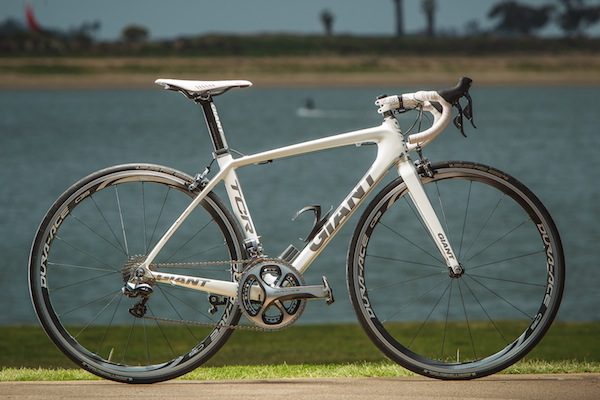
This week Shimano launched their new flagship Dura-Ace Di2 groupset officially in San Diego near their U.S. headquarters. Canadian Cycling Magazine flew down to meet with some of Shimano’s team of designers to get some background and ride time on the groupset in preparation for our long-term test. Please check back regularly as we put in miles on the new groupset and experiment with different setup options.
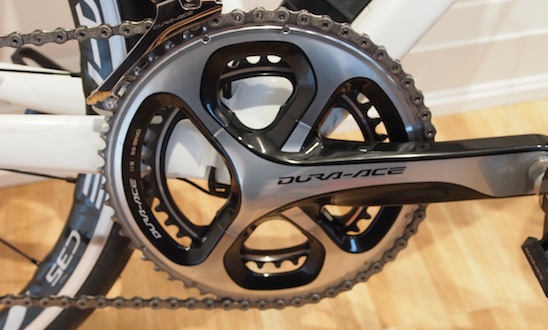
Superb shifting, lighter components
Shimano has kept the impressive shifting speed and smoothness of the original set. It was impossible to induce a mis-shift or dropped chain no matter how hard I tried.
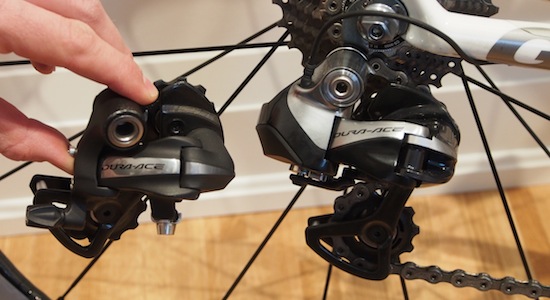
The latest Di2 groupset has been put on a diet despite the addition of an 11th cog in the back, droppimg 172 g compared to the previous Dura-Ace Di2. This weight loss also makes the electronic version marginally lighter than its mechanical counterpart once cabling is accounted for. The new gruppo is also slightly smaller than its predecessor.
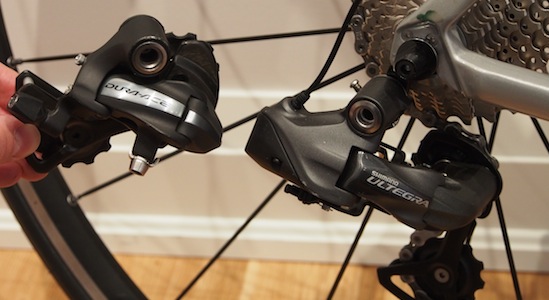
- The Ultegra Di2 rear derailluer (right) is noticeably bigger than its mechanical Dura-Ace counterpart
Easy installation and customisable options

The most highly touted feature of the new Di2 by Shimano is not weight reduction, but the programmable and customizable elements of the new system. Using its new E-tube wiring harness, which was introduced with the Ultegra electronic set, the system is plug-and-play without requiring the process of heat shrinking the connections to waterproof them. Thus, the E-tube harnesses simply setup and make it easy to customise with satellite shifters, such as sprint-shifter switches or bar-top climbing switch. With the right arrangement, you can shift from any position without changing your position and possibly breaking your rhythm.

Shimano also added the ability to execute multiple shifts of two, three or more cogs. There’s also the option to choose between four-speed for the multi-shift, to suit your preference. With the “unlimited” option, shifting will stop once you stop depressing the shift button. Depending on how long you hold the button and the speed your system is set at, you could shift two, three or all 11 cogs in one go.

First ride impressions
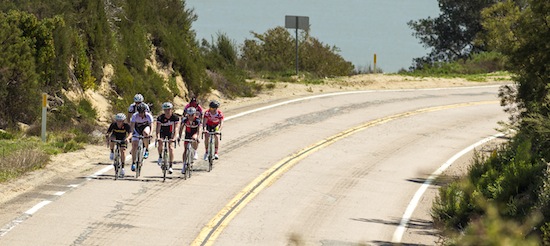
Having spent extensive time on the original Di2 group, I was familiar with the nearly telepathic feel of the electronic shifting, particularly in the front derailleur. The difference between mechanical shifting and electronic is dramatic, and is usually what stands out for new users.
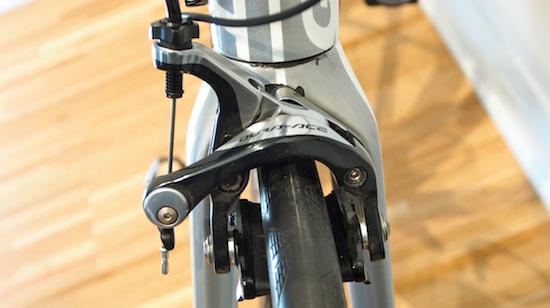
What I didn’t expect was the performance of the new dual-pivot brakes. The new Dura-Ace brakes combined the already exceptional stopping power of the previous generation with much-improved modulation and lever feel. One of the rides during my visit with Shimano took in part of Stage 1 of this year’s Tour of California, including an ascent and descent of Mount Palomar, totalling nearly 2,000 m of elevation gain, and the same in fast twisting descent.

Through every corner, I was rewarded not only with consistent powerful braking, but exceptional modulation. It was easy to apply as much—and only as much—braking force as I chose. The progressive braking force was confidence inspiring and allowed me to brake deeper and later than I otherwise would on such unfamiliar curves.
The hoods also impressed me on the first few rides; they are very similar to the original Di2 hoods—a good thing for me. But Shimano has made a couple of subtle tweaks: dual compound hoods and a slight outward cant to the levers that improved on the original.

We will be riding and testing Shimano’s new Dura-Ace Di2 throughout the next few months. Please check back regularly as we discover more about the new groupset.

